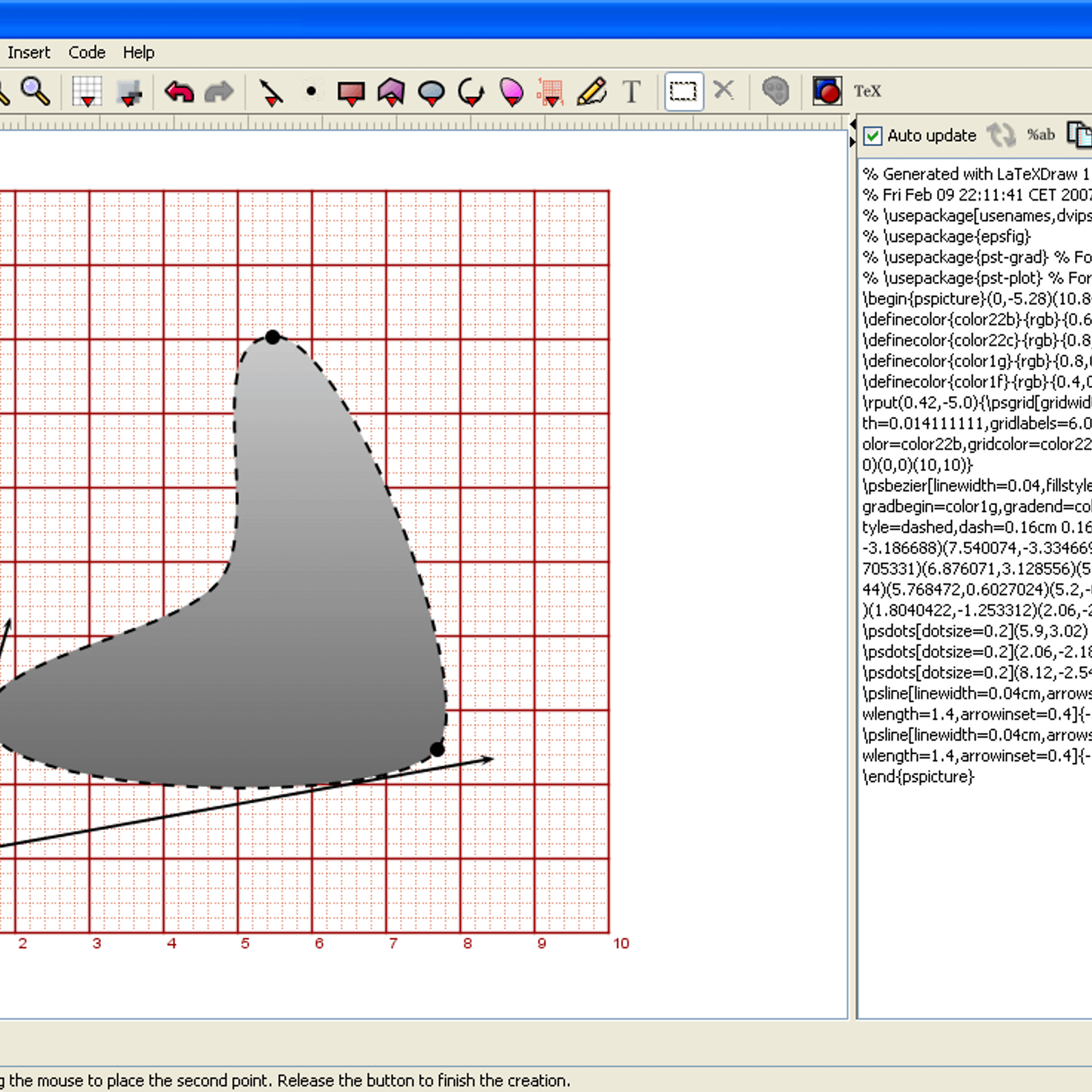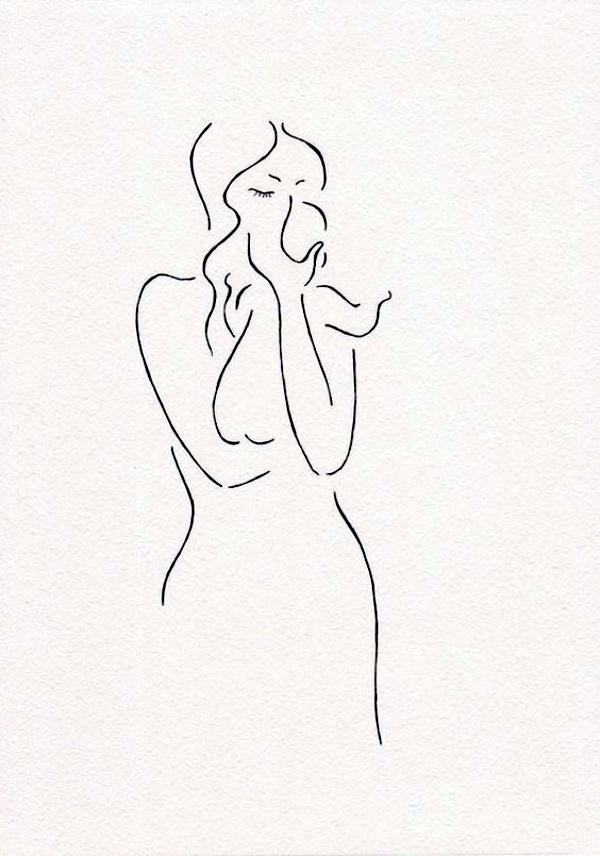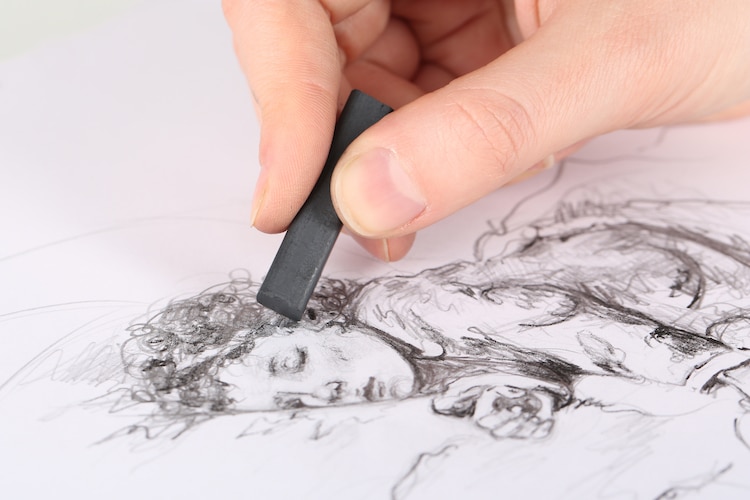How to draw clothes part 3 leather latex pvc etc
Table of Contents
Table of Contents
Are you interested in creating stunning designs in latex? If yes, you are in the right place. Latex is a popular material for designing products such as shoes, bags, clothes, and even furniture. This post will guide you on how to draw latex and create eye-catching designs.
Pain Points Related to Drawing Latex
Many people find it challenging to create designs in latex due to the material’s nature. Latex requires precision and patience to draw and create an impressive final product. Additionally, mistakes in the drawing process can lead to a ruined product, resulting in losses.
Answering the Target
When drawing latex, the first step is to understand the material’s properties. Latex is a synthetic material that stretches when pulled, making it an excellent choice for designing tight-fitting products. When drawing latex, it’s best to use a reference image to get a sense of the folds and creases present in the material.
Summary of Main Points
To draw latex, you need to understand the material’s properties, use reference images, and pay close attention to the folds and creases. Additionally, use a light and delicate pencil touch to avoid damaging the material, and be patient with the process.
How to Draw Latex: Target and Personal Experience
If you are new to drawing latex, begin by sketching the product’s outline and adding the folds and creases. Add highlights and shadows to give the product a lifelike appearance, and remember to use light strokes in the drawing process. When you finish the drawing, refine it by erasing any overlapping lines and adding any final details, and use a shading technique to give the product depth and texture.
 Personally, I find drawing latex products enjoyable, as it allows me to create unique and intriguing designs. However, it can be challenging to get the folds and creases right, and I sometimes struggle with the shading process. Nevertheless, with patience and practice, I have been able to create impressive latex designs.
Personally, I find drawing latex products enjoyable, as it allows me to create unique and intriguing designs. However, it can be challenging to get the folds and creases right, and I sometimes struggle with the shading process. Nevertheless, with patience and practice, I have been able to create impressive latex designs.
Techniques for Creating Realistic Latex Designs
One technique for creating realistic latex designs is to understand the material’s reflective quality. Latex is known for its reflective and smooth texture, which can be difficult to capture in a drawing. Additionally, using reference images when drawing latex can help you understand the material’s unique features.
 ### Drawing the Latex Shine
### Drawing the Latex Shine
When drawing latex, it’s crucial to focus on the highlights and shadows, which depict the material’s glossy texture. Use white pencils to highlight the areas where the light reflects the most, and use dark pencils to fill in the areas where the light is less intense. Additionally, use a blending technique to create a smooth and uniform surface.
Adding Texture to the Latex
Another technique for creating realistic latex designs is to add texture to the material. Use a stippling technique to create small and precise dots that give the material a porcupine-like texture. Additionally, use a cross-hatching technique to create a more defined texture, adding depth to the latex product.
Question and Answer
Q: Can latex drawings be ruined easily?
Yes, latex drawings can be easily ruined because latex is a fragile material that can be easily damaged. When drawing latex, use a light touch and avoid pressing down too hard on the paper to prevent any damage to the material.
Q: How do I get the folds and creases right in my latex designs?
To get the folds and creases right, use reference images and observe how the material folds and creases. Additionally, add shadows to give the product a three-dimensional appearance.
Q: Can I use different colors when drawing latex?
Yes, you can use different colors in your latex drawings to create more vibrant and eye-catching designs.
Q: How do I add shine to my latex drawings?
To add shine to your latex drawings, use white pencils to highlight the areas where the light reflects the most, and use dark pencils to create shadows.
Conclusion of How to Draw Latex
Drawing latex requires patience and precision, but with practice, you can create stunning designs that stand out. To draw latex, use reference images, understand the material’s reflective quality, and focus on adding highlights and shadows. Additionally, use a delicate pencil touch, and don’t be afraid to experiment with colors to create unique designs.
Gallery
How To Draw Latex | Fabric Rendering | Fashion Illustration - YouTube

Photo Credit by: bing.com / rendering
Pin On Latex Referencias

Photo Credit by: bing.com / nadia dibaj
How To Draw Clothes Part 3 (Leather, Latex, PVC, Etc) - YouTube

Photo Credit by: bing.com / draw latex clothes leather part
LaTeXDraw Alternatives And Similar Software - AlternativeTo.net

Photo Credit by: bing.com / latexdraw alternativeto
How To Draw | Digital Painting Tutorials, Drawings, Digital Art Tutorial

Photo Credit by: bing.com /




